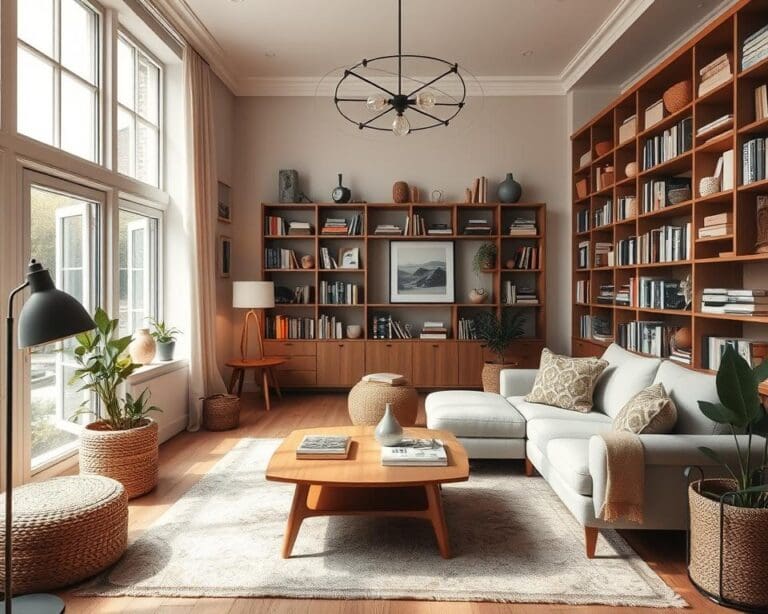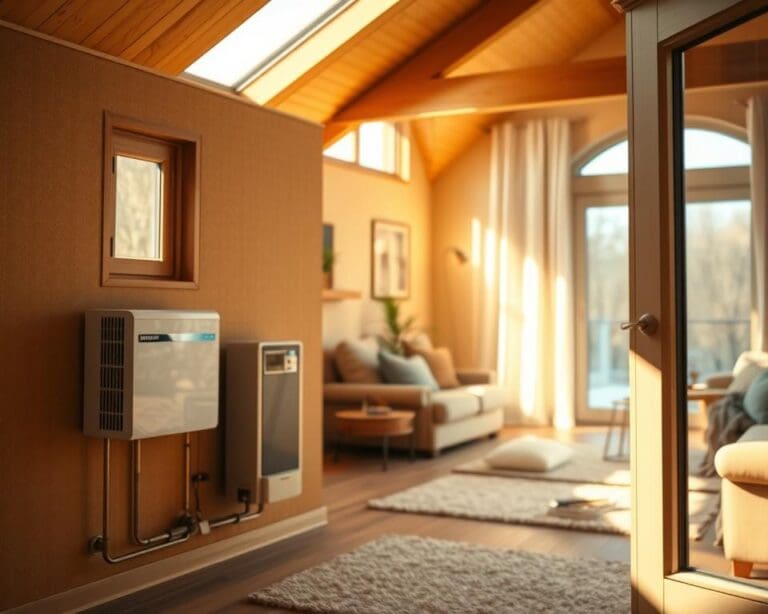Investing in sustainable materials is not merely an expense, but a commitment to a better future. The benefits of sustainable materials extend far beyond their initial cost, offering numerous advantages that justify the investment in sustainability. By choosing these materials, individuals and businesses alike contribute positively to the environment while also enhancing living conditions and promoting social responsibility. As we delve deeper into the many facets of sustainable materials, we will uncover the long-term advantages that make them a wise choice for both personal and collective wellbeing.
The Importance of Sustainable Materials
Sustainable materials play a crucial role in addressing pressing ecological challenges. By focusing on environmental impact and social responsibility, these materials help foster a better future for our planet. Industries are increasingly recognising the value of sustainability as consumers become more aware of their purchasing choices.
Environmental Benefits
Sustainable materials such as bamboo, recycled plastic, and FSC-certified wood offer significant environmental benefits. These resources actively reduce waste and pollution. Their production typically consumes fewer resources, making them more efficient. Options that are biodegradable further contribute to minimising landfill contributions, aligning with the broader goals of environmental sustainability.
Social Responsibility
Choosing sustainable materials is a statement of social responsibility. Investing in these resources supports ethical sourcing practices and fair trade. Brands like IKEA and Patagonia exemplify this commitment by prioritising social equity within their supply chains. Such choices promote a sense of community and foster global responsibility among consumers who aspire to make informed decisions.
What makes sustainable materials worth the investment?
Investing in sustainable materials offers numerous advantages that resonate with both financial and ethical considerations. The financial implications of such choices extend beyond initial expenditures. Understanding the cost savings and potential increases in property value can greatly inform this investment decision.
Long-term Cost Savings
Sustainable materials tend to deliver cost savings over the lifetime of a building or renovation project. Although the upfront investment may be higher than traditional building materials, the benefits become evident through reduced energy expenses. Properties constructed with these materials often see significant decreases in utility costs, sometimes utilising 30-50% less energy than conventional structures. This ongoing reduction in operational costs makes sustainable materials a wise financial choice.
Increased Property Value
A growing number of buyers are seeking homes that showcase environmentally friendly materials. This trend contributes to rising property value for homes designed with sustainability in mind. Research indicates that properties featuring green certifications frequently appreciate at a faster rate than their traditional counterparts. Eco-conscious consumers are willing to pay more for homes that align with their values, making sustainable materials not just an environmentally responsible choice, but also a savvy investment.
Health and Well-being Impact
Embracing sustainable materials can significantly enhance both health and well-being. The move towards greener options not only benefits the environment but also addresses critical concerns related to human health.
Reduced Toxic Exposure
Traditional construction materials often contain harmful chemicals, such as volatile organic compounds (VOCs) found in many standard paints and adhesives. Shifting to sustainable alternatives, like natural paints and organic insulation materials, significantly curtails toxic exposure. This change leads to notable health benefits, reducing the risk of developing various health issues linked to chemical exposure.
Enhanced Indoor Air Quality
Using materials devoid of toxic emissions plays a pivotal role in improving indoor air quality. A healthier indoor environment can dramatically decrease the incidence of respiratory problems and allergies, providing comfort and wellbeing for all occupants. Investing in sustainable solutions directly contributes to creating spaces that support long-term health and vitality.
Innovation and Technology in Sustainability
Innovation plays a crucial role in advancing sustainability within various industries. As companies embrace sustainable technology, the integration of new practices and materials becomes vital. This movement toward eco-friendly manufacturing not only meets consumer demand but also showcases a commitment to environmental stewardship.
Advancements in Material Sourcing
Recent developments in material sourcing illustrate how technology can enhance sustainability. Innovative approaches, such as lab-grown timber and recycled composites, are gaining traction. Brands like Solarcycle and H&M are leading the way with methods that recycle textiles into new apparel, transforming waste into valuable resources. This shift highlights the potential of material innovations to reshape industries.
Eco-friendly Manufacturing Practices
Many organisations are now adopting eco-friendly manufacturing practices that minimise waste and maximise efficiency. Techniques like 3D printing exemplify how sustainable technology can reduce excess materials during production. Innovations such as carbon capture during manufacturing processes further demonstrate the potential for a greener manufacturing sector, aligning with the broader goals of sustainability.
Consumer Trends Towards Sustainability
As the world evolves, shifts in consumer behaviour increasingly highlight a preference for sustainable products and practices. Today’s consumers prioritise conscious consumption, reflecting a deeper understanding of the environmental impact of their choices. This trend is not merely a passing phase. It holds significant implications for both individuals and businesses alike.
The Rise of Conscious Consumption
A growing number of shoppers are embracing the idea of conscious consumption, where sustainable considerations become paramount in purchasing decisions. Research reveals that a striking 66% of global consumers are prepared to invest more in brands that align with their values around sustainability. This shift indicates a profound awakening to the environmental challenges our planet faces, encouraging more individuals to opt for eco-friendly alternatives.
Influencing the Market
In response to evolving consumer preferences, businesses are strategically integrating sustainable practices into their operations. This transformation creates an abundance of market opportunities, particularly for green products. Companies like Unilever are at the forefront, committing to substantially reducing their environmental footprint. This alignment with conscious consumer behaviour not only enhances brand loyalty but also positions these companies advantageously within emerging market trends.
Future of Sustainable Materials
The future of sustainability is bright, with transformative innovations paving the way for the next generation of sustainable materials. As technology advances, industries are witnessing a surge in biodegradable materials and sophisticated recycling methodologies. These green innovations are set to revolutionise sectors like construction and textiles, enhancing the efficiency and environmental friendliness of production processes.
Moreover, with government policies increasingly favouring sustainability—such as the United Kingdom’s commitment to achieving net-zero emissions by 2050—the demand for sustainable materials is anticipated to rise exponentially. These initiatives not only shape market dynamics but also reflect evolving consumer preferences, as individuals grow more mindful of their environmental impact and seek products aligned with sustainable materials trends.
As we look towards the horizon, the integration of eco-friendly practices within industries will be crucial in ensuring a harmonious balance between economic growth and environmental stewardship. The future of sustainable materials is not merely a trend; it represents a fundamental shift in how we approach design, production, and consumption in a world desperately in need of change.









